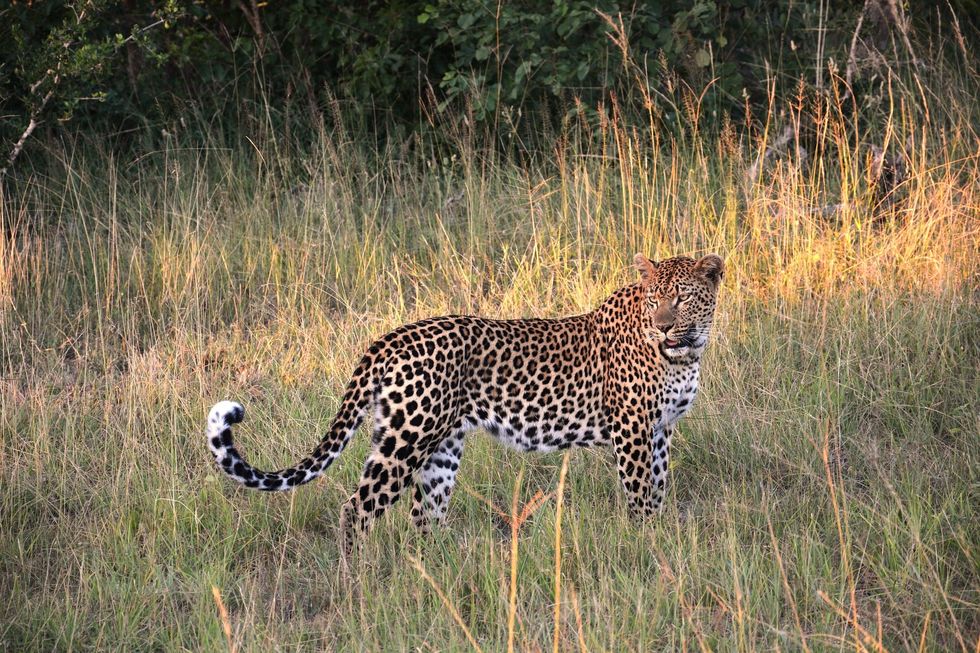Did you think you knew enough about leopards? Well, think again.
1. Of all the “big cats” they are the smallest.
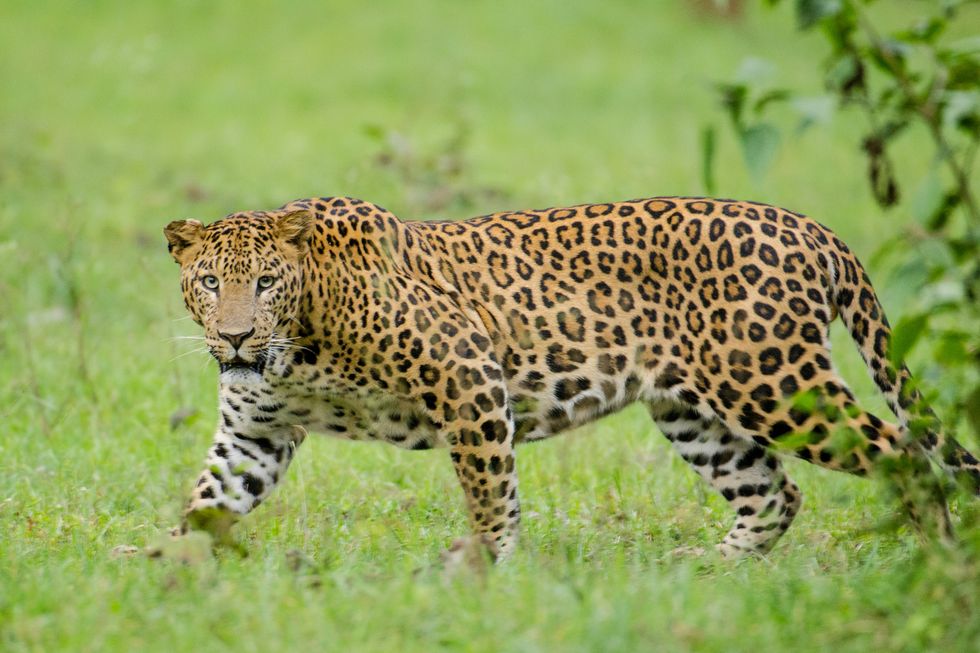
Leopards are ranked fourth largest in the Felidae family after being out-sized by their much bigger cousins, the lion, tiger, and jaguar. However, do not underestimate these cats as they can drag prey twice their body weight up a tree. Their neck muscles are stronger and more developed for this reason. Furthermore, the leopard's low center of gravity helps it maintain balance while scaling the trunk of a tree.
2. Leopards can hear five times better than humans.
This allows them to hear their prey and the calls of other cats over great distances.
3. Leopards can see seven times better than humans at night.
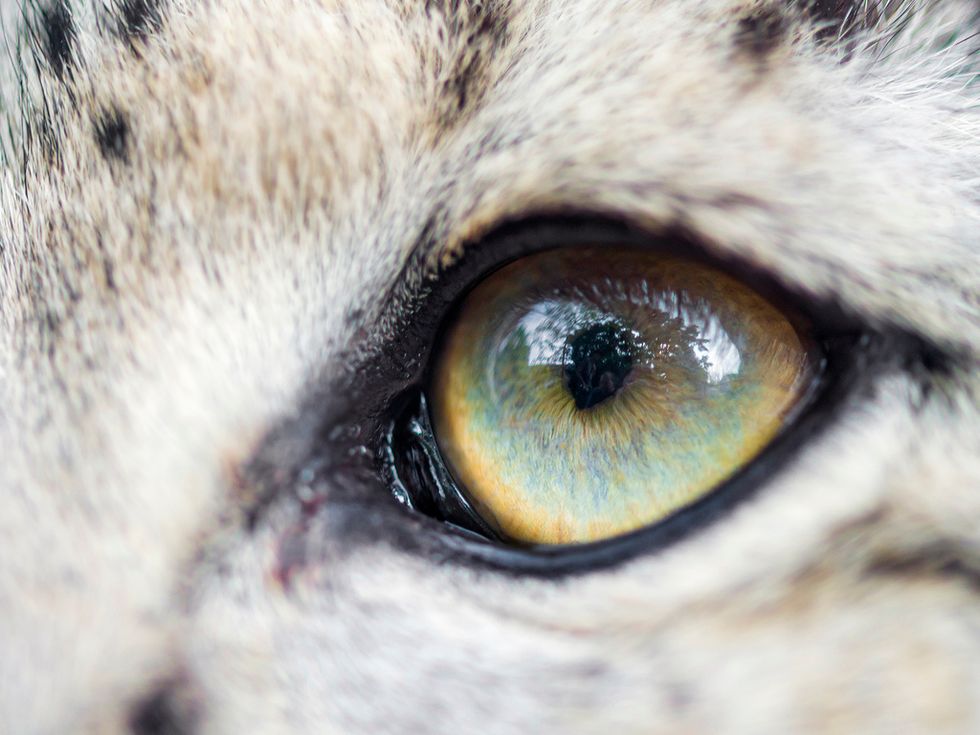
They often prefer nocturnal hunting to ambush their unsuspecting prey. This night vision comes in handy.
4. Leopards are solitary.
They do not live in a pride like lions. They are very elusive and shy. Even experienced trackers have trouble spotting leopards because of their silent nature and camouflage.
5. Gender can be determined by their size.
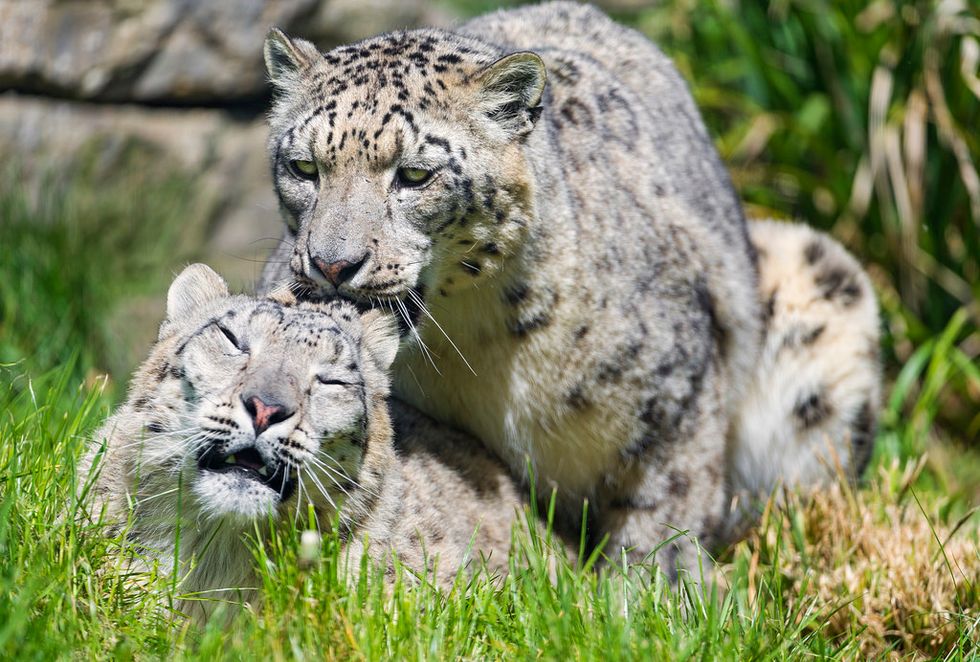
Males are noticeably larger than females. Males may also have a dewlap-like appearance as the skin around their neck is loose. Like a lion's mane, this serves to show masculinity and age.
6. Black leopards exist.
The opposite of albinism, melanistic leopards appear all black except when their brown spots are visible in the sun. Sometimes, they are referred to as black panthers, although such a species does not exist.
7. The Zanzibar leopard may not be extinct.

This subspecies, characterized by its smaller size and lighter spots, existed solely on the island of Zanzibar off the coast of Tanzania. All of the leopards were culled by the residents because they believed that these leopards were evil spirits controlled by malicious witch doctors. Until recently, the Zanzibar leopard was declared extinct. However, biologist Forrest Galante recovered footage from a trail camera that shows what he believes to be a Zanzibar leopard alive and well in the wild. He hopes to present his findings to the IUCN Council and change the feline's status from extinct to critically endangered.
8. “Leopard” is Greek.
It means "lion panther."
9. Leopards can jump 20 feet across and 10 feet straight up.
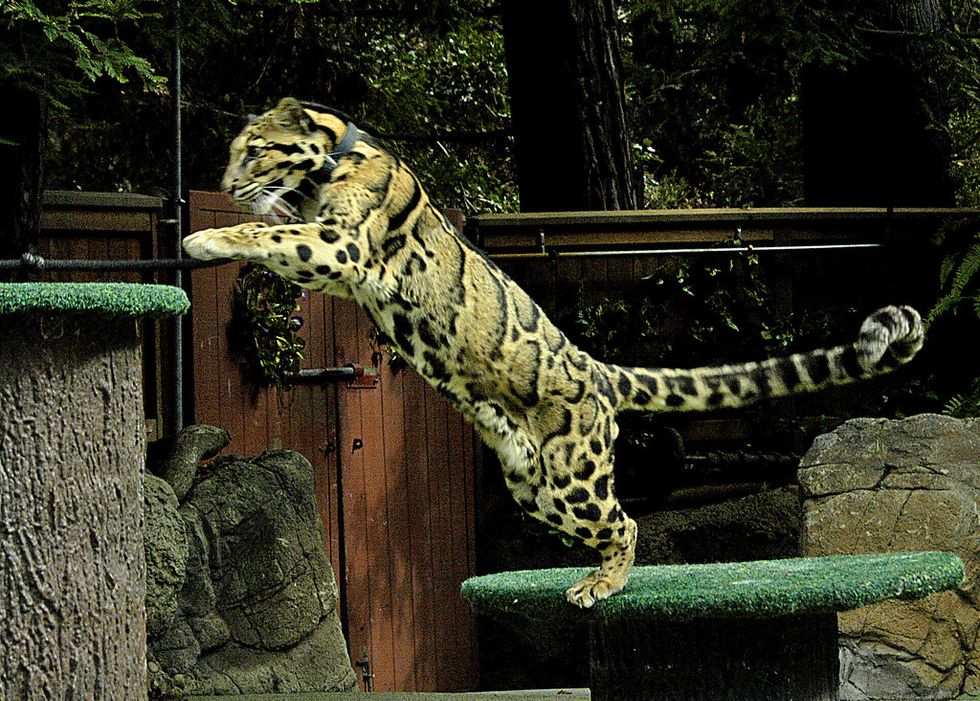
That's a lot of power for a cat.
10. They eat anything.
Leopards, unlike your house cat, are not picky eaters. They will hunt anything from impala and gazelles to monkeys, warthogs, rabbits, and even pythons.
11. The Amur Leopard is the rarest of all subspecies.
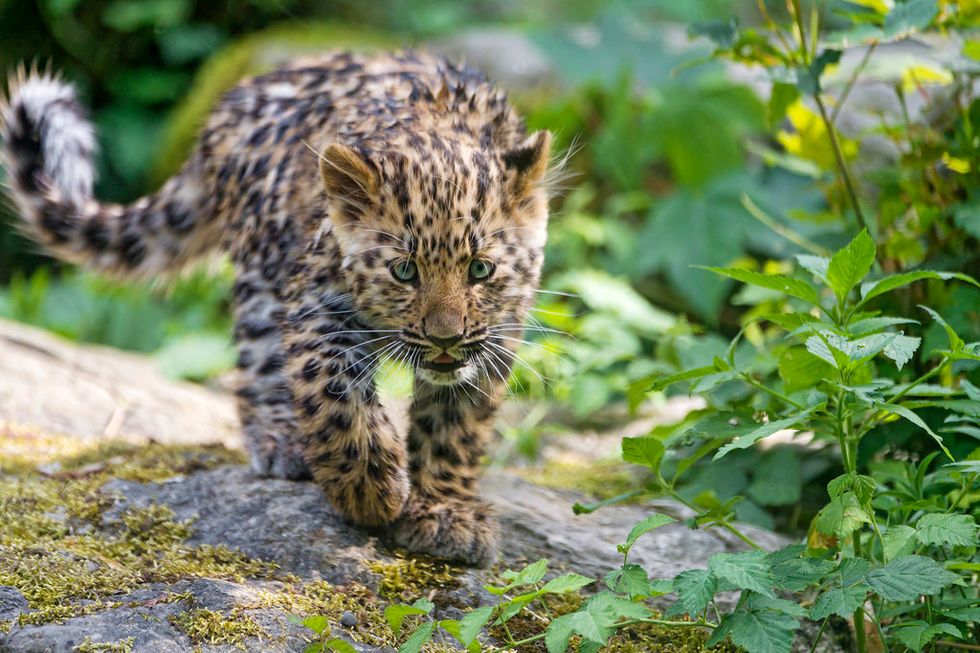
It inhabits Russia and China, braving the cold, harsh winters with an insulated coat. There are less than 30 left in the wild. It is poached for its fur.
12. Leopard mothers hide their cubs.
They seek out caves, abandoned aardvark burrows, and secluded bush thickets. This protects their young from hyenas before they are strong enough to climb trees.
13. Leopards scratch their favorite trees.
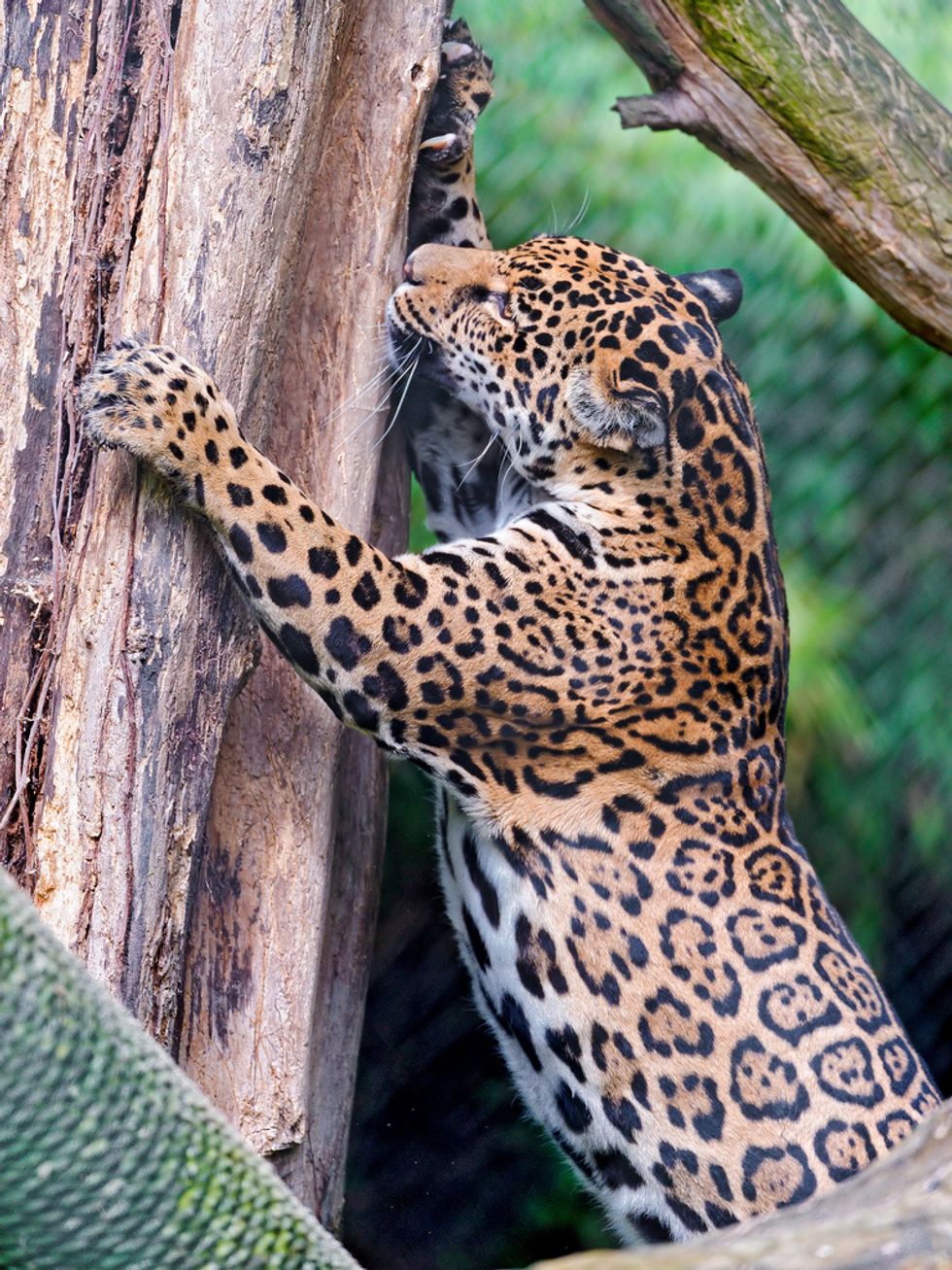
Like a domestic cat, this helps keep their claws sharp while indicating to other leopards that this tree is theirs.
14. Leopards can run up to 37 mph.
That is quicker than Usain Bolt who ran as fast as 28 mph in the Olympics.

